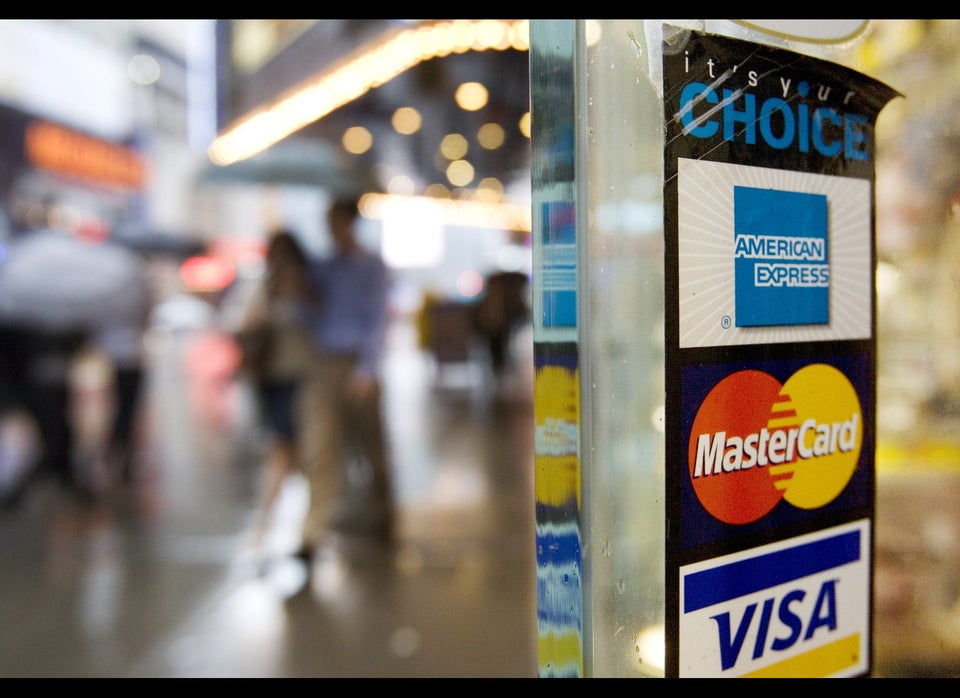When it comes to dealing with student loans, it can be a good news-bad news situation. While there are some good options to dealing with student loans when you can’t afford the payments, not all loans are the same. Federal student loans have a number of repayment options while private student loans tend to be more limited in terms of repayment plans that adjust the payment. In fact, some borrowers have found private student loan repayment options to be so limited that they have considered a strategic default.
The vast majority of student loan assistance companies promote the Income-Based Repayment plan and similar programs as a fix for troubled student loan debt. But are there downsides to IBR? Yes, and it’s important to weigh the considerations carefully before you decide.
Lower Payment Now Can Cost Later
IBR can give you a lower monthly payment right now while your income is low. But your low payment can rise in the future as your income increases. In addition, if your income increases above “financial hardship” status, and unpaid student loan debt and interest will then be added to your balance, leaving you owing more money.
The Department of Education does make the risks of the income-driven plans well known to borrowers. When it comes to IBR, the Pay As You Earn (PAYE) Plan, and the Income Contingent Repayment (ICR) Plan it warns: “Income-driven repayment plans may lower your federal student loan payments. However, whenever you make lower payments or extend your repayment period, you will likely pay more in interest over time -- sometimes significantly more. In addition, under current Internal Revenue Service (IRS) rules, you may be required to pay income tax on any amount that is forgiven if you still have a remaining balance at the end of your repayment period for an income-driven repayment plan.”
It further advises, “If the payment amount based on your income and family size ever increases to the point that it is higher than the amount you would have to pay under the 10-year Standard Repayment Plan, your payment will no longer be based on your income and family size. Instead, your payment will be the amount you would have had to pay under the 10-year Standard Repayment Plan. This amount will be determined based on the loan amount you owed when you first entered the IBR or Pay As You Earn plan.”
An exception to the standard payment stopgap limit are payments under ICR. Those payments are based on family size and income but they can rise above what the 10-year Standard Repayment would be.
Unfortunately for some borrowers, simply enrolling in an income-based repayment program may not ultimately resolve their household financial struggles. While bankruptcy isn’t always the best option, some consumers may want to consider eliminating other consumer debt through bankruptcy first to allow them to get back to the standard 10-year payment, which could then be the least expensive way to pay off the student loan debt.
Ironically, a recent study has shown that those who do file for bankruptcy wind up doing better, have higher credit scores and earn more money than those who continue to struggle. (You can check your credit scores for free on Credit.com to see how your debts are affecting your credit.)
This article originally appeared on Credit.com.
